Article: What exactly is a BROCADE WEAVE?
What exactly is a BROCADE WEAVE?
What exactly is a BROCADE WEAVE?
Brocade arguably is the most widely used term in the world of weaving. However, it is often misunderstood by many.
Let us explore what does one mean when he/ she refers to a Brocade Saree, or fabric, in terms of the weaving technique, and its usage in the context of Indian handloom weaving.

The Technique
Technically, any jacquard shuttle weaving that uses a supplementary or extra weft technique can be termed as a Brocade weave. As you can imagine, any fabric is woven by the interplay of the warp (the threads that run through its length), and the weft (the threads that run through its width). In a brocade weave, in addition to the primary weft that holds the warp threads together to weaves the ground, as extra weft is thrown by the weaver that only weaves the motifs and is independent of the ground. That is to say, if we carefully remove these extra-weft threads from the fabric, the ground will still be intact while the motifs will be removed. (Do not try this at home. :))
This is in contrast with a Jamawar or Tanchoi weave where the design or motifs are created using the primary weft threads itself and are inseparable from the ground.
The Types
Brocades are essentially of two kinds. The continuous Brocade, also known as Fekuan (फेकुआं), in weaving lingo or the discontinuous Brocade or the Kadhuan (कढुआं).
In the Fekuan brocade, the extra width runs end-to-end weaving motifs across the width of the fabric. If the motifs cover only a small area on the fabric, there are often floating extra weft on the back which are then diligently and carefully clipped off. This is often referred to as Cutwork or Katruan (कतरुआं).
In the Kadhuan Brocade, the extra weft does not run across the width. On the contrary, the master weaver weaves each motif individually, along with the cloth. There are no cuts at the back as there are no floating extra weft. This makes the motifs sharper, provides more creative latitude with respect to the number of colors that can be used in motifs, and also makes the fabric more comfortable to the skin due to absence of cuts. We will take up this exclusive art of Kadhuan Brocade in more detail in another blog post. For now, suffice it to say the Kadhuan Brocade is the epitome of handloom brocade weaving in India and is very time intensive.
Handloom vs Powerloom
With advancements in technology, a lot of brocades today are being woven on powerlooms. We do not see any harm in it per se. A saree or fabric may not be inferior just because it is woven on a machine. Machine weaving helps to contain the costs significantly and that is a good thing for the end-user so long as the quality is not compromised. We also believe that if something can be easily replicated on a powerloom, has no use being put through the limited and high cost alternative of handlooms. What is important, though, is that a machine-made saree is not mis-represented as being a handwoven one. Unfortunately, that is not always the case. Powerloom impostors posing as handwoven sarees are ubiquitous. So beware.
Notwithstanding the above, Brocade has historically been the bastion of handloom weaving. Even today, the most exclusive Brocades are invariably woven on handlooms. Infact, the Kadhuan brocade, by definition, can only be woven on a handloom, taking up anywhere between eighty to a thousand man-hours to weave one saree of six yards.
The role of Zari
The term Brocade, almost always conjures up images of a rich Bridal saree with a generous use of Zari all over the body, the border and the pallu. Technically, that need not be the case. A weave can be called a brocade even if simple cotton or silk threads are used to create the motifs. But, wouldn’t that take the fun away? It has become an accepted practice to only refer to a weave with zari motifs as a true brocade. And we respect that. The zari, however, can vary in quality significantly. (More on zari and metallic threads in another post.)
The Fabric
We like to see brocade as a technique of weaving independent from the fabric, with the exception of use of zari. So a saree need not be a pure silk one to be called a brocade saree. It could as well be a Cotton Brocade, a Linen Brocade etc. It perfectly okay.
It’s not embroidery.
We have often seen people confusing Brocades with embroidery. Though Brocade fabrics are often embroidered upon, Brocade is a term exclusive to the art of weaving.
Do check out our exclusive collection of Banarasi and South Silk Brocades on HolyWeaves.com
We hope that we have managed to clear some doubts you might have had with respect to Brocade Weaving. Do post your comments to let us know what you think.
See you.

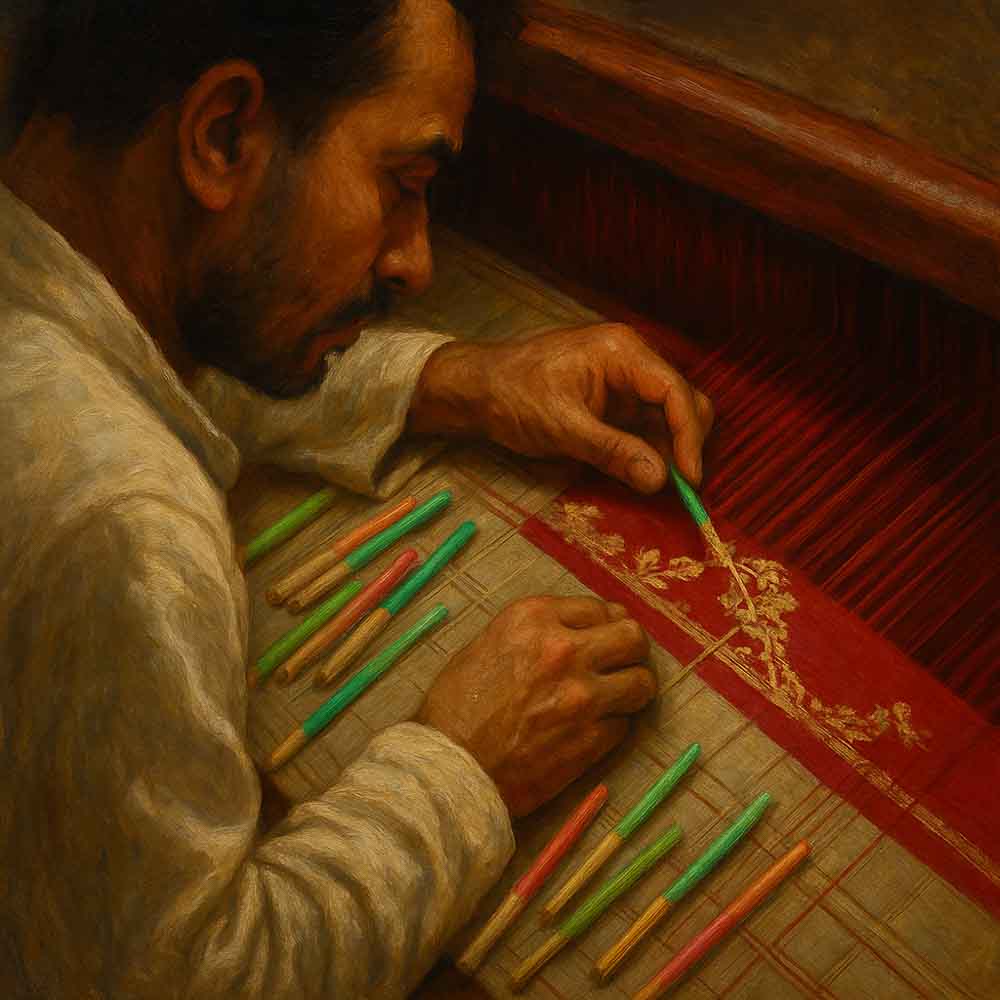
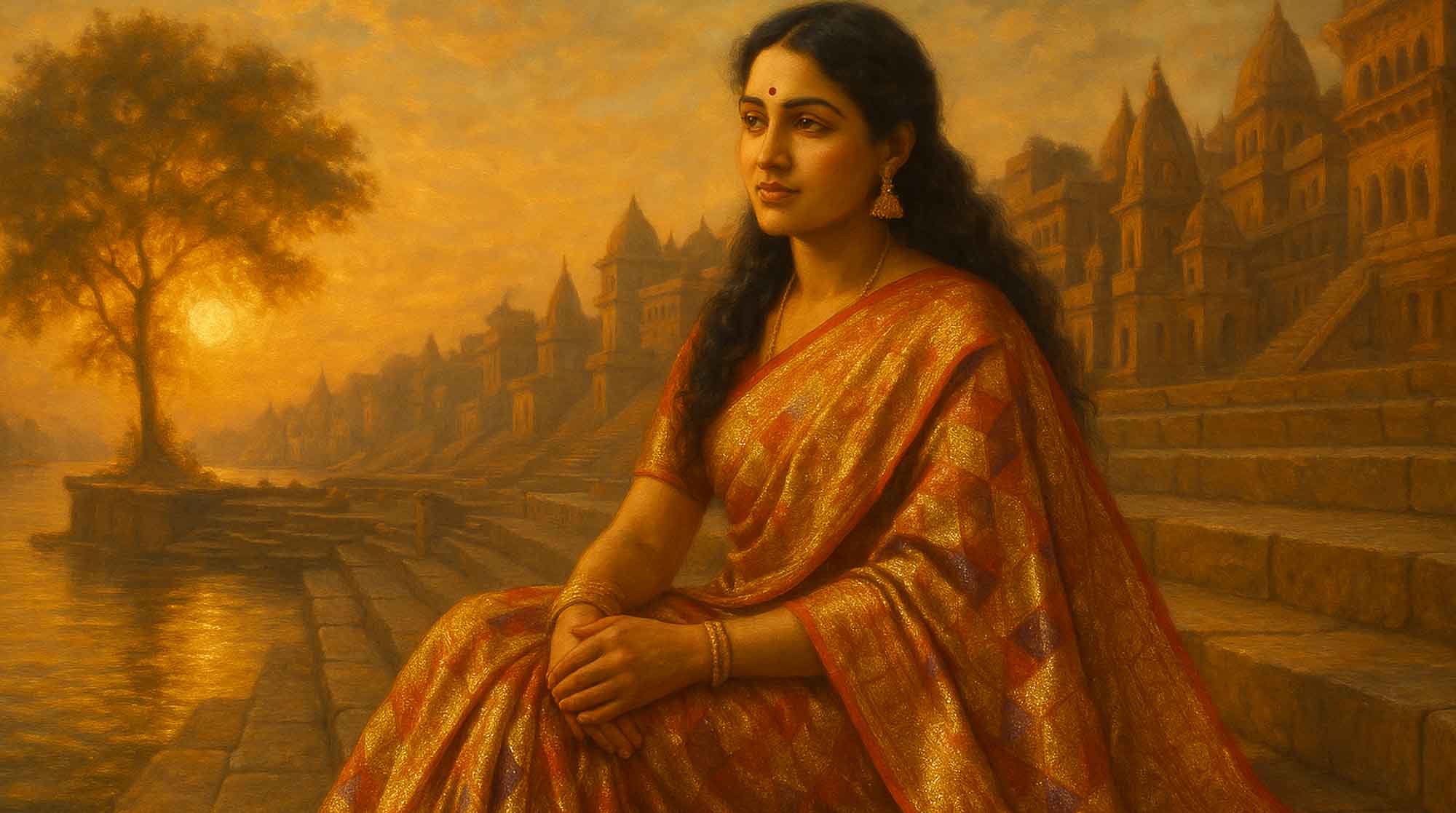
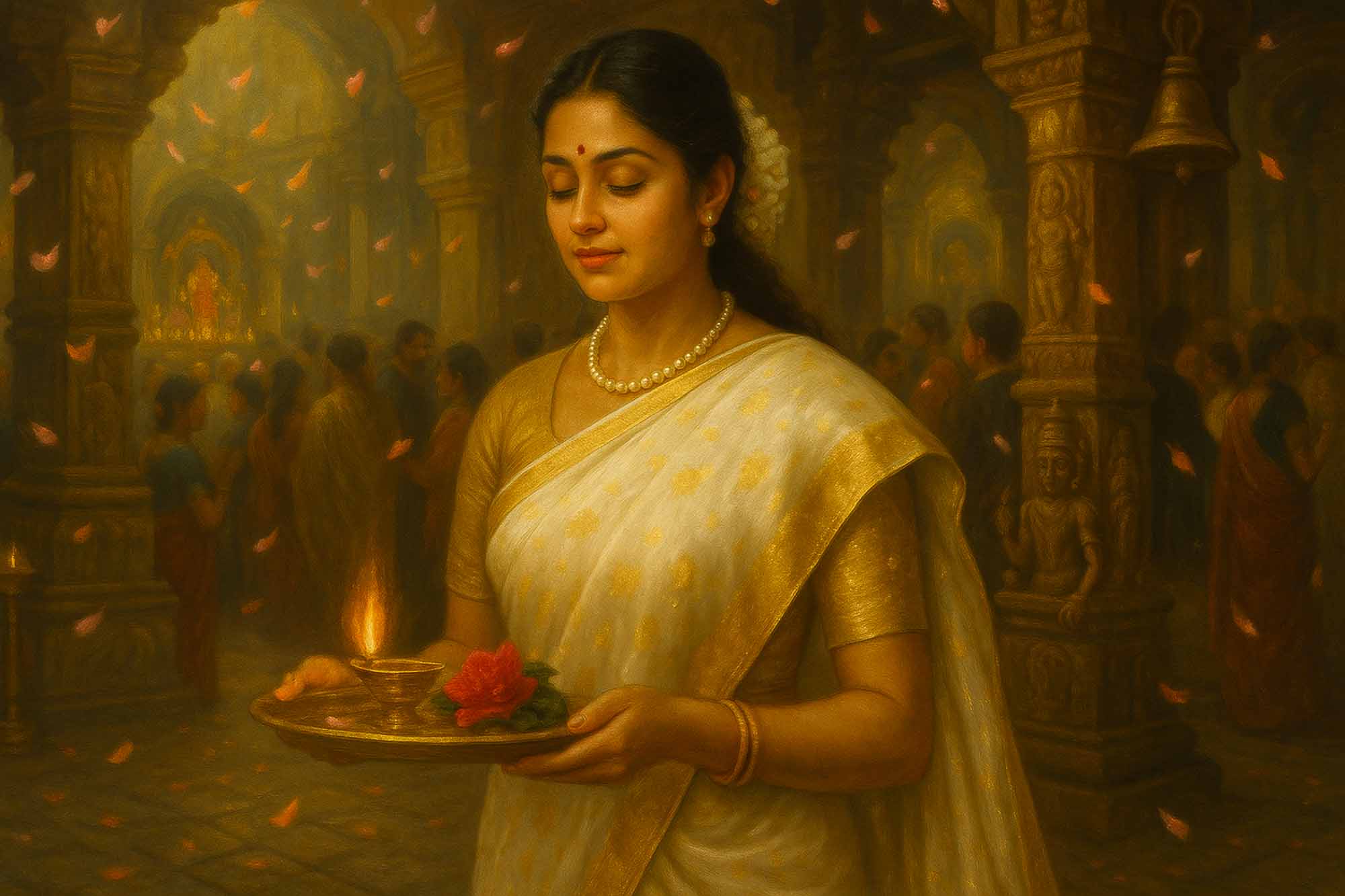
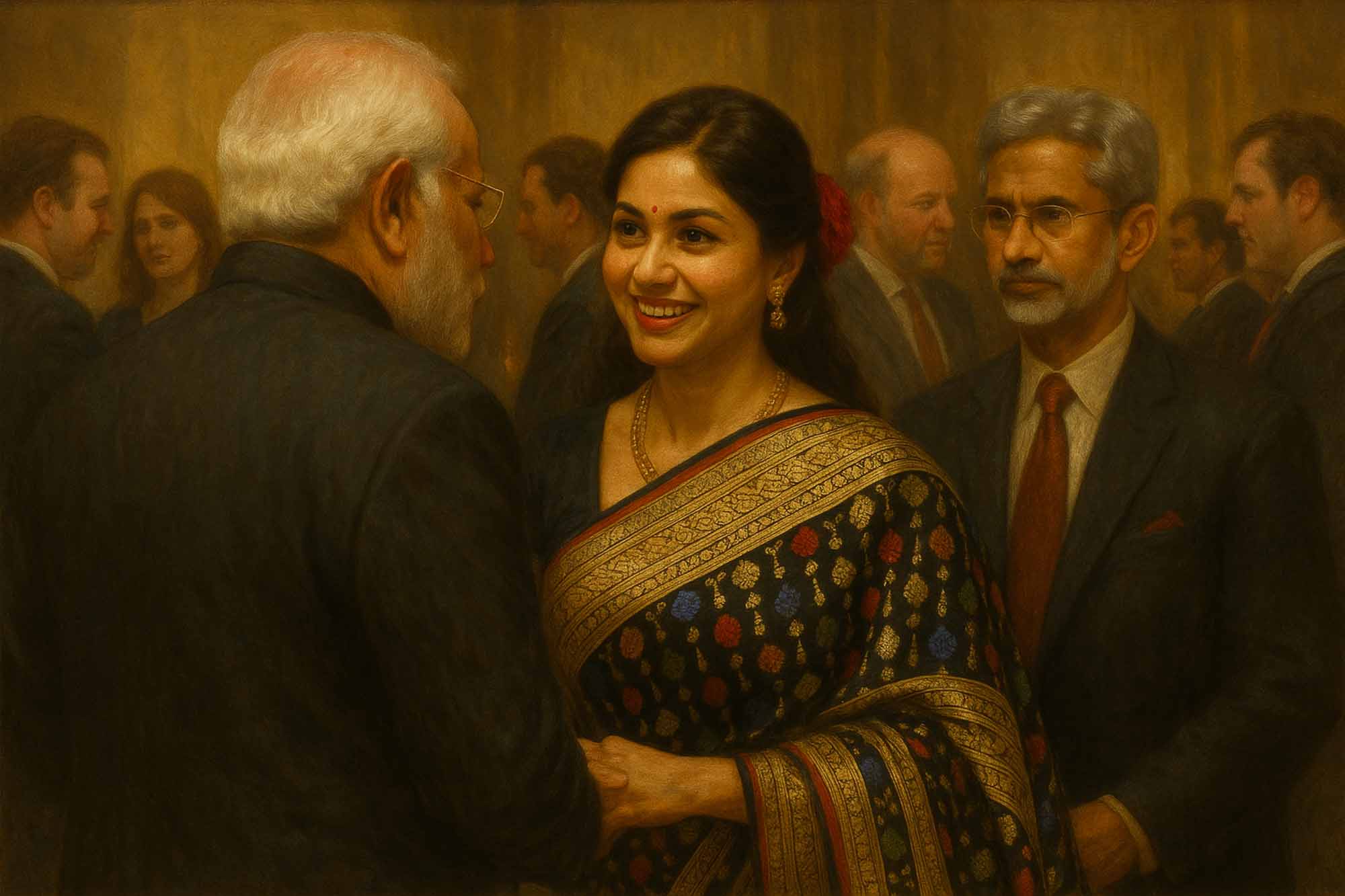
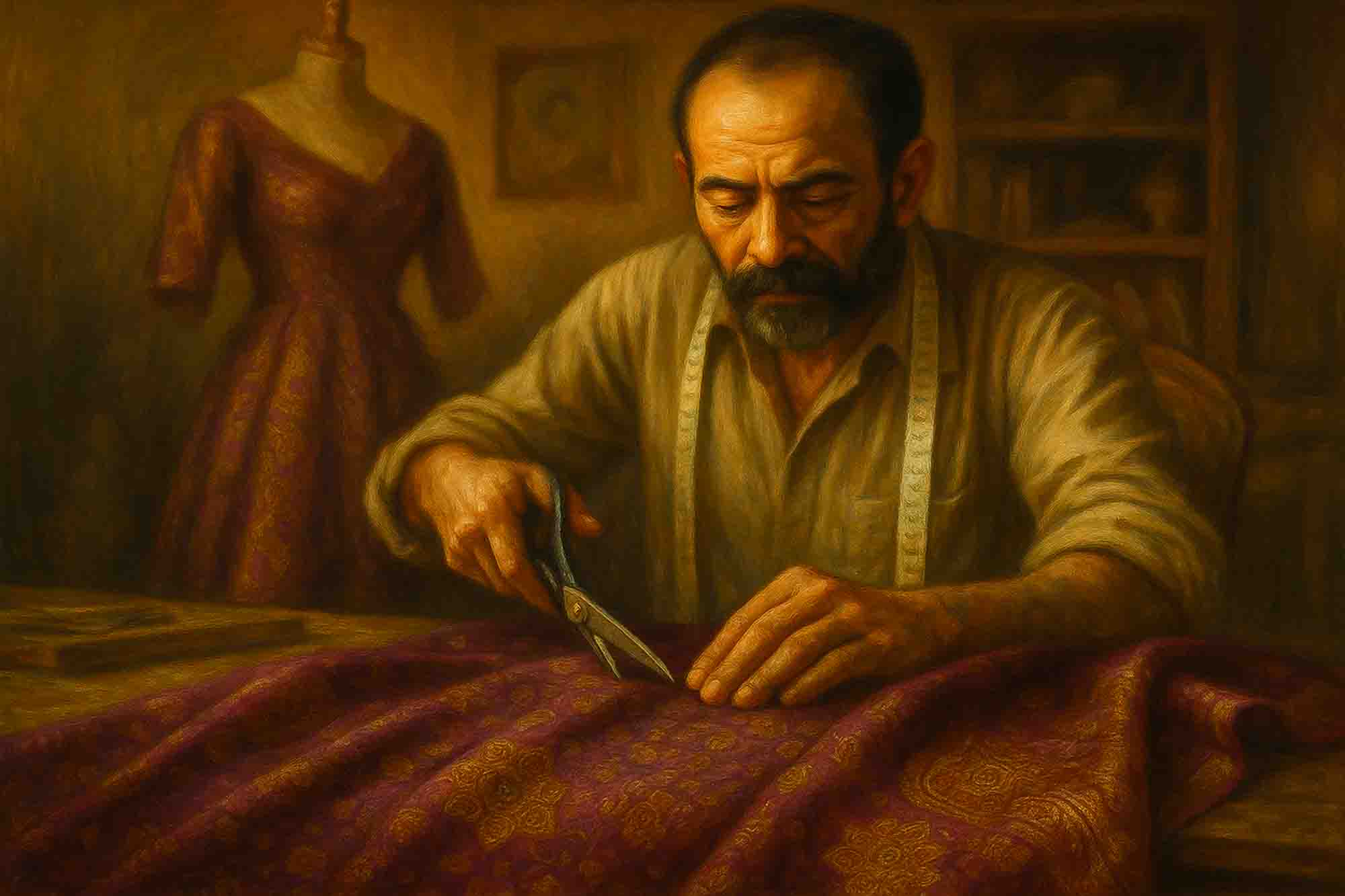
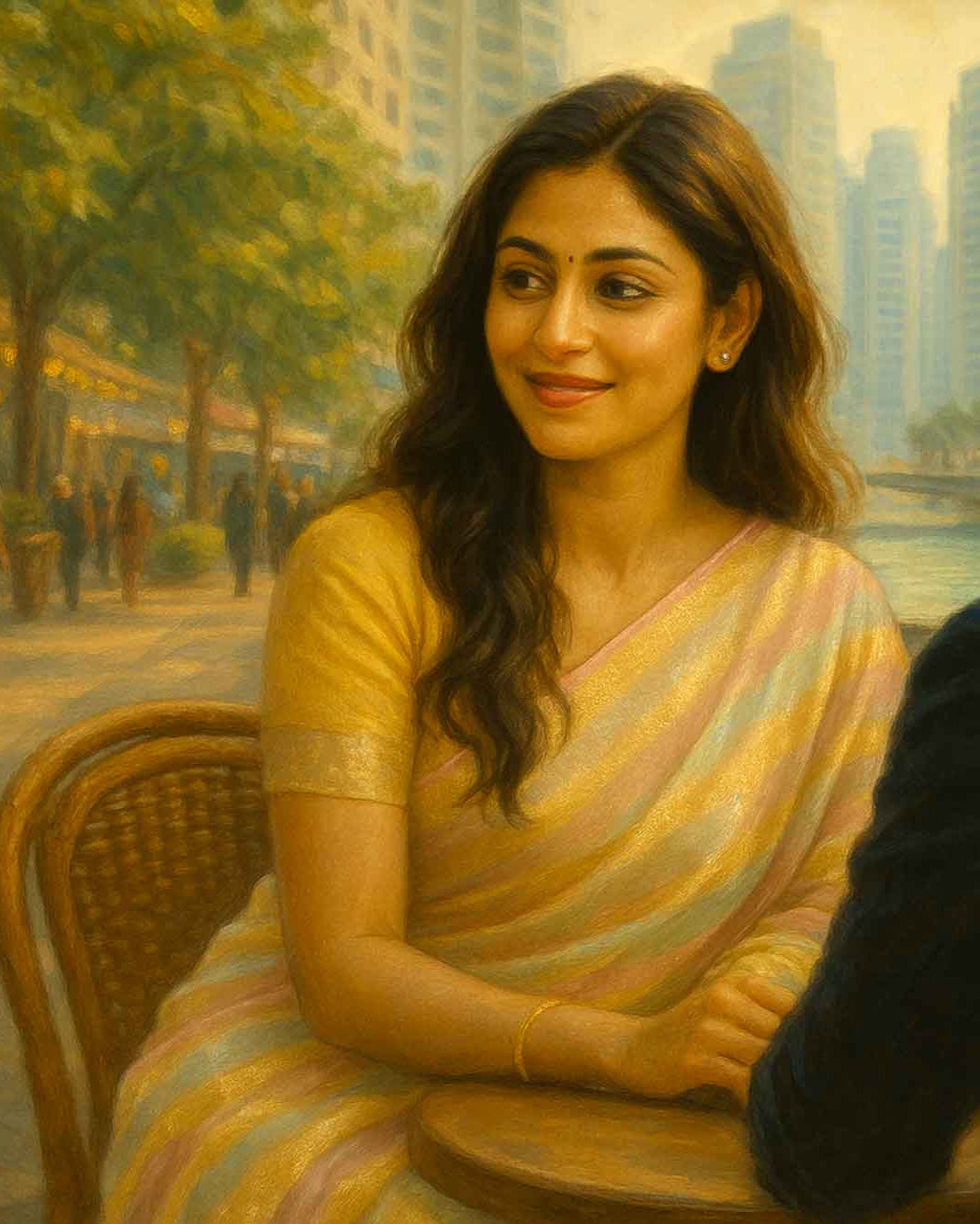
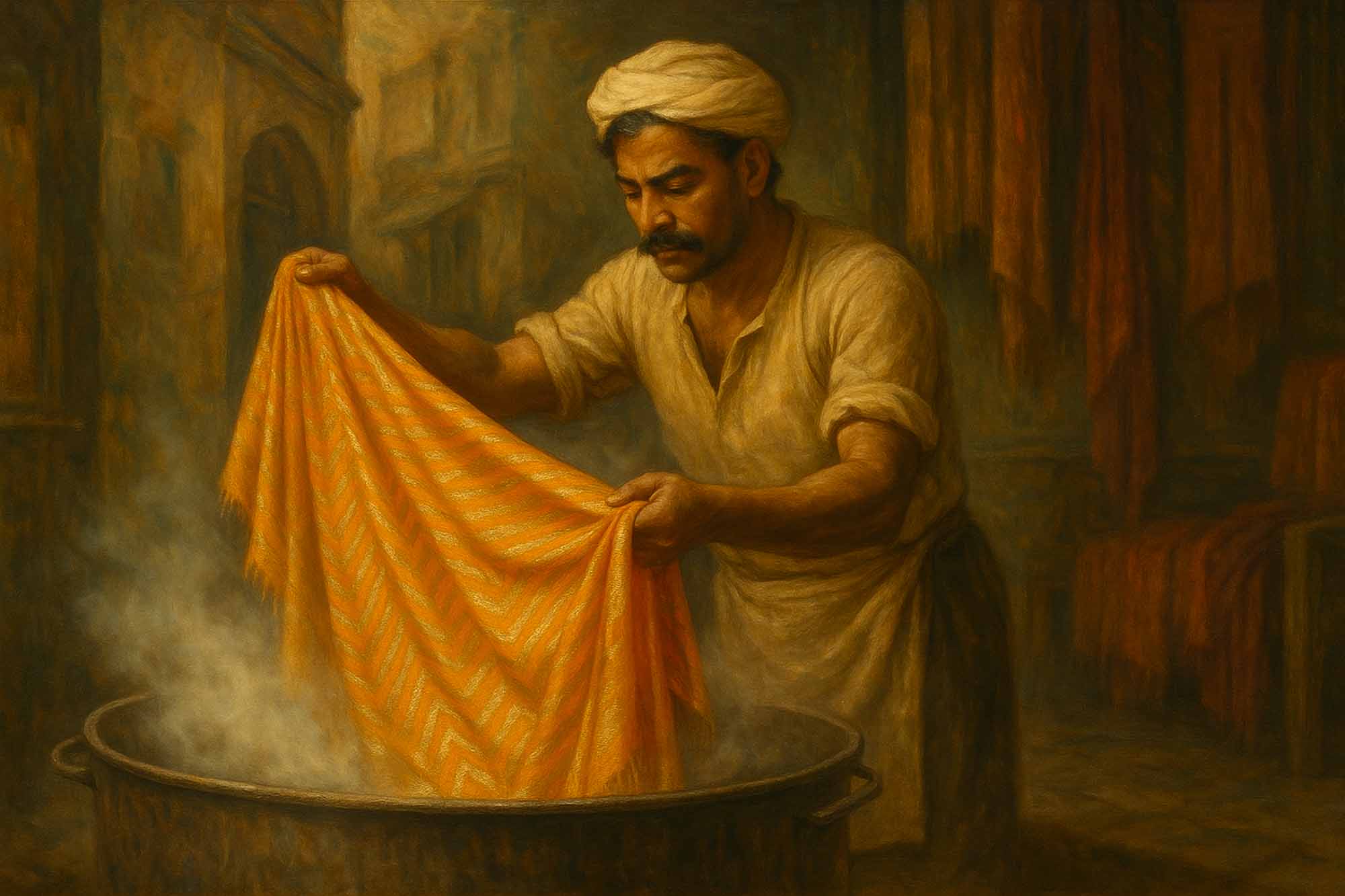
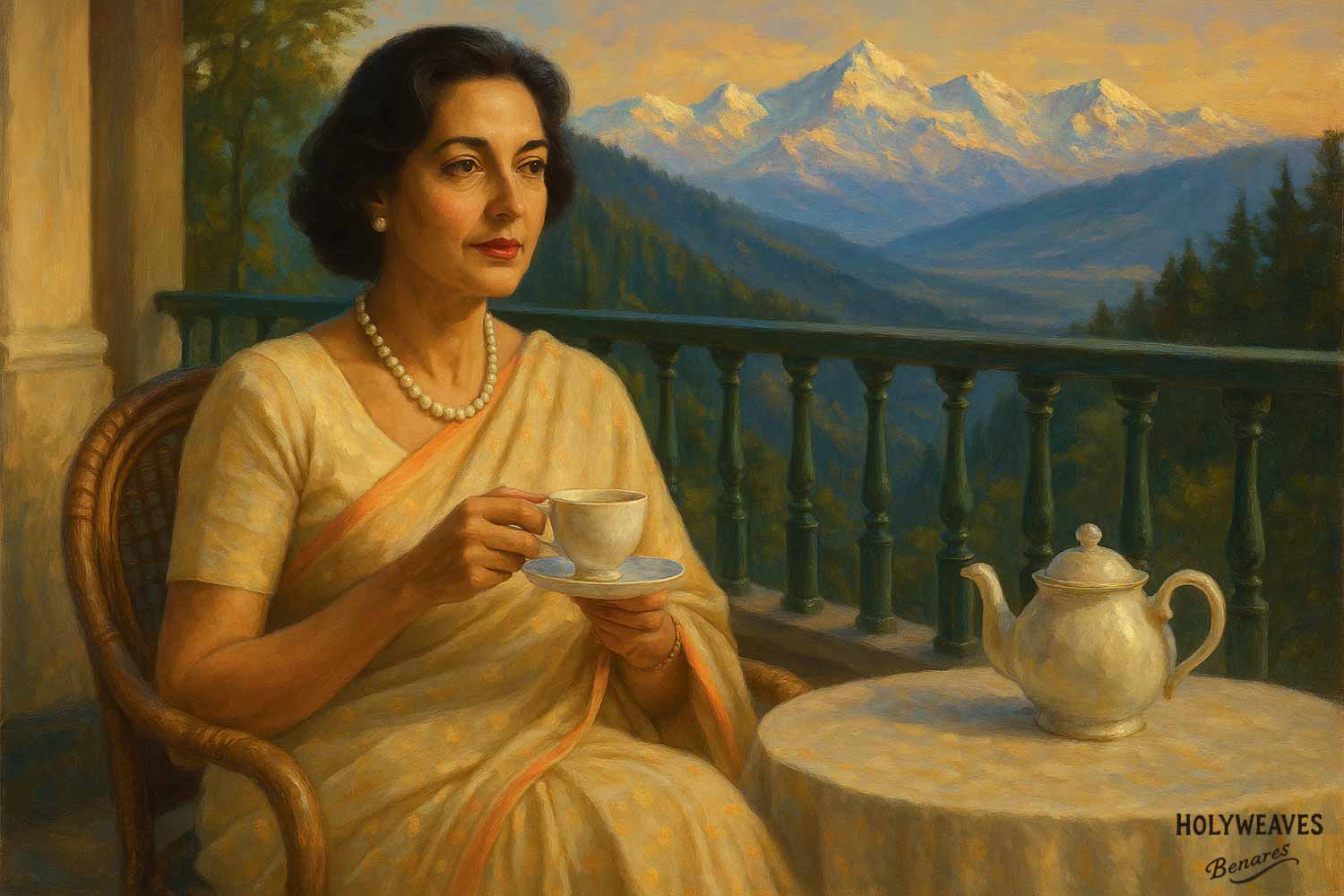
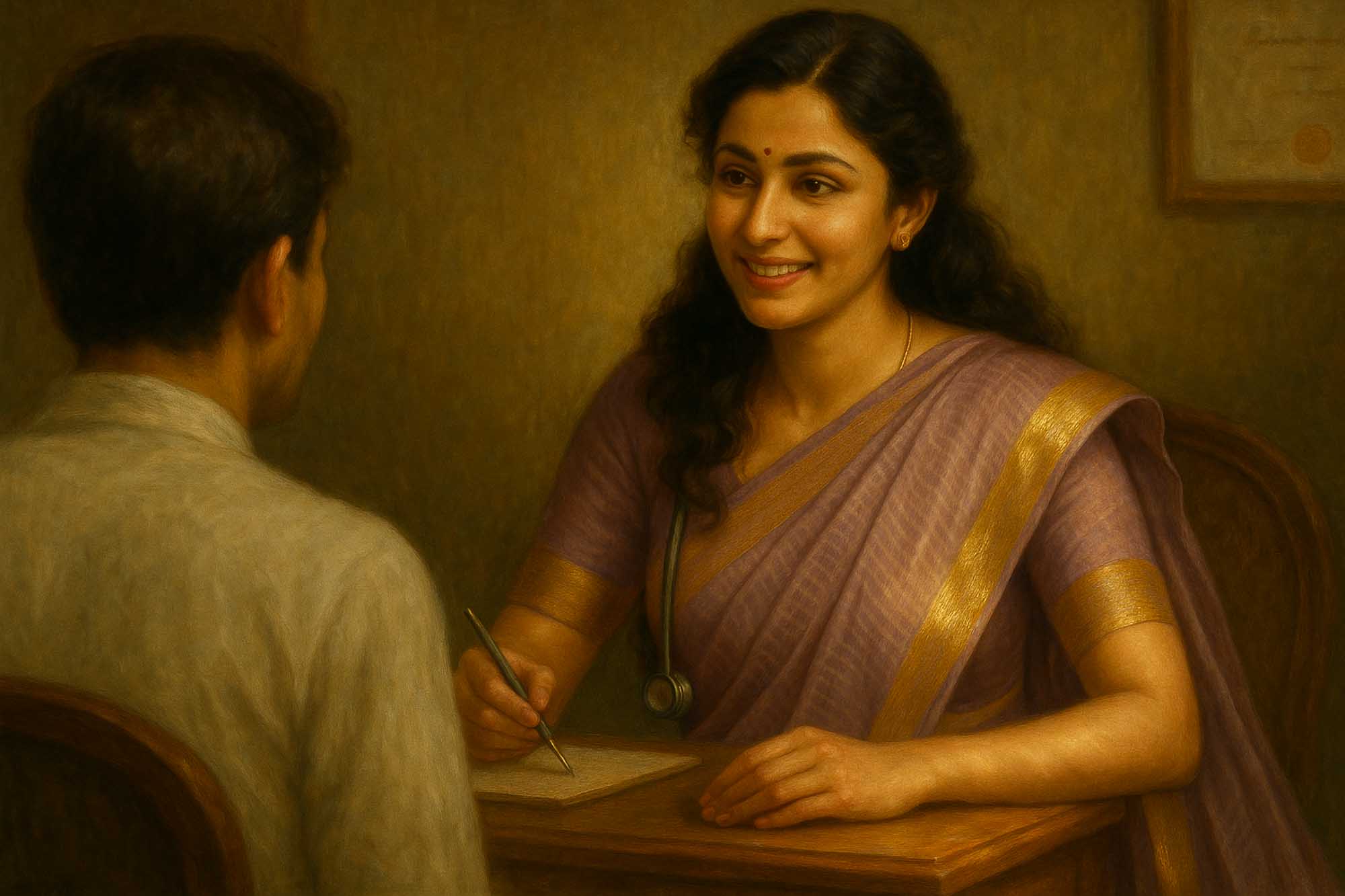
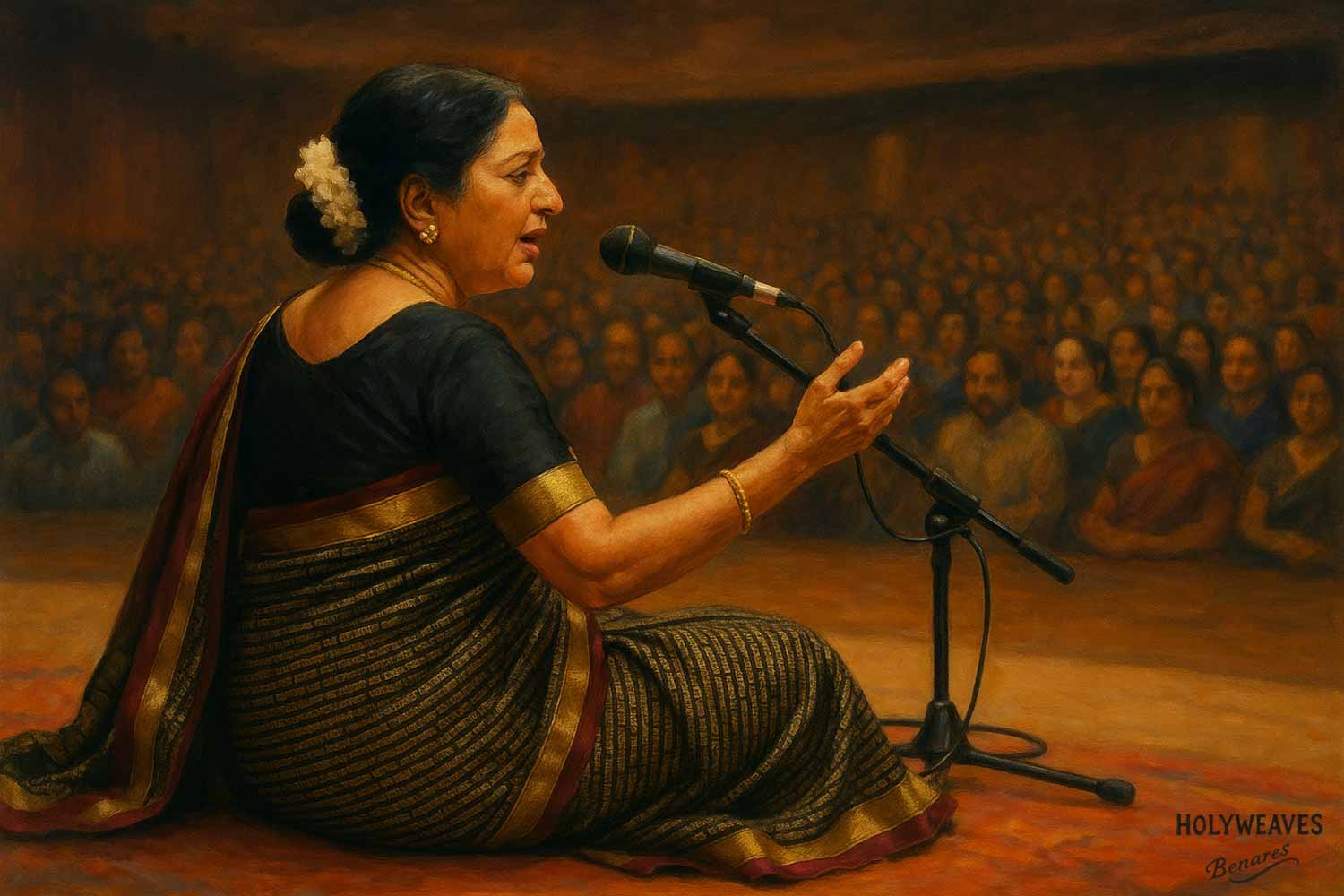
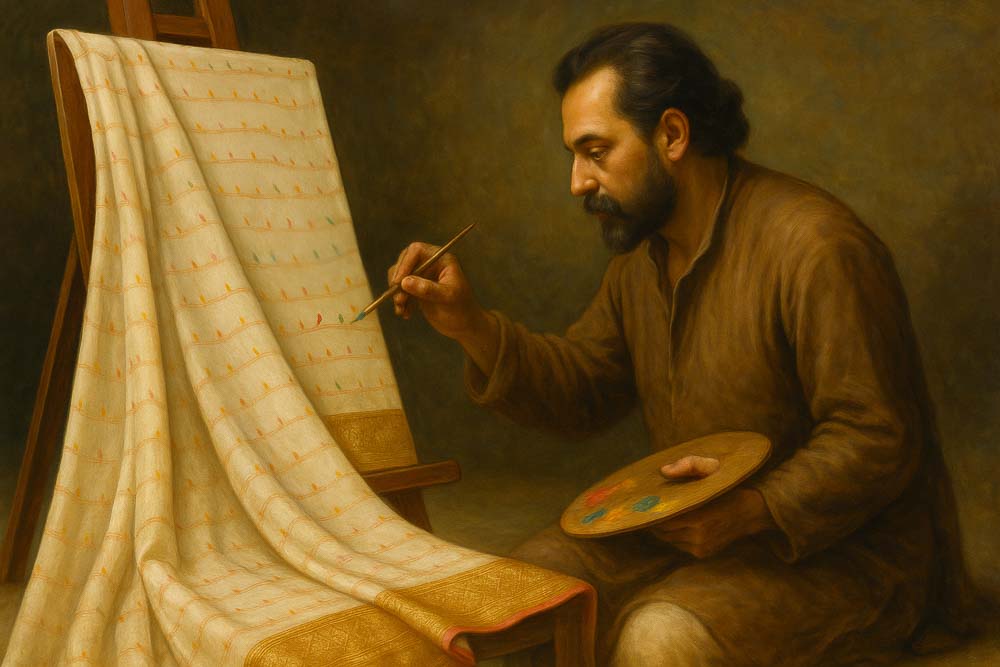
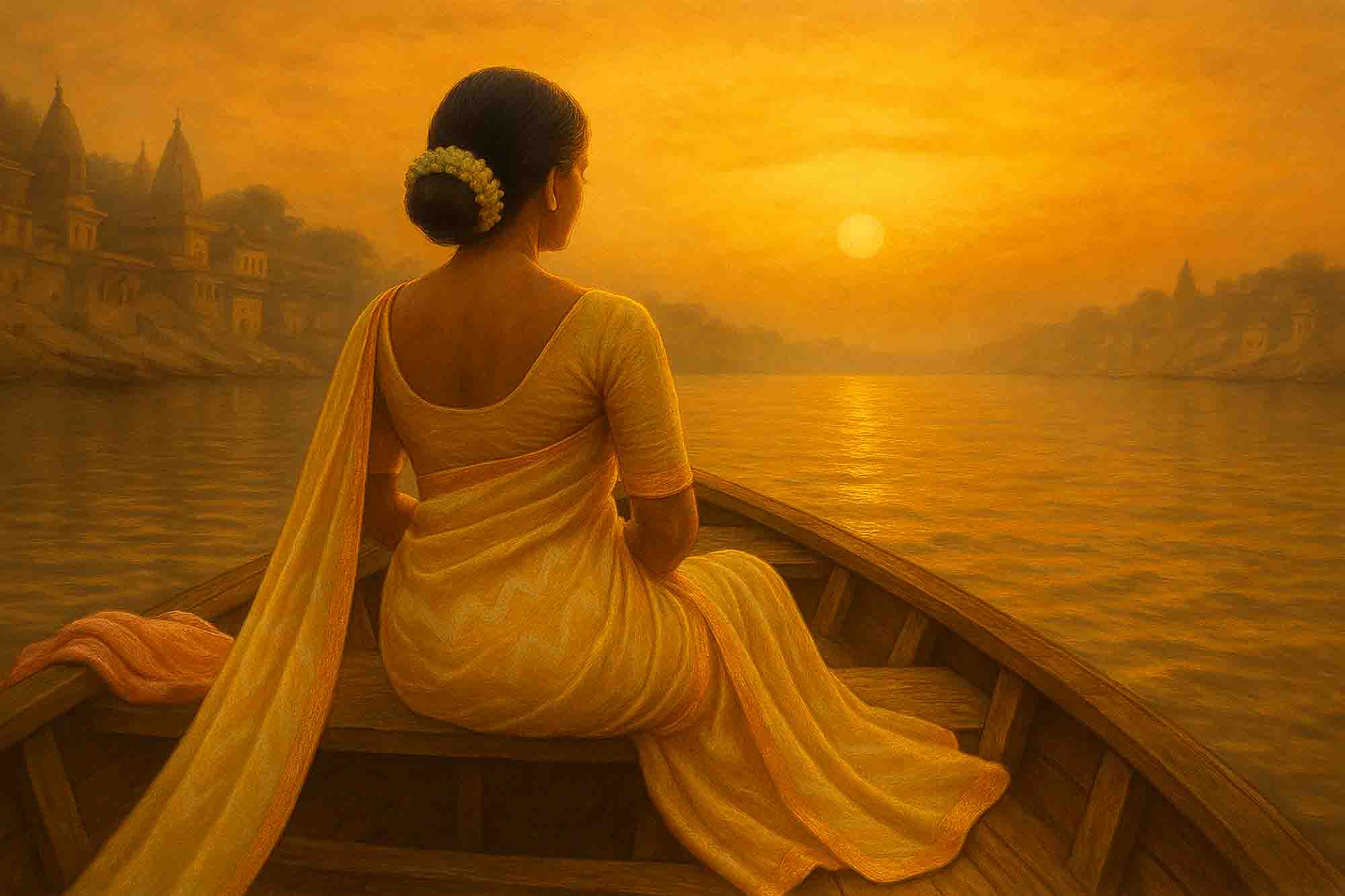
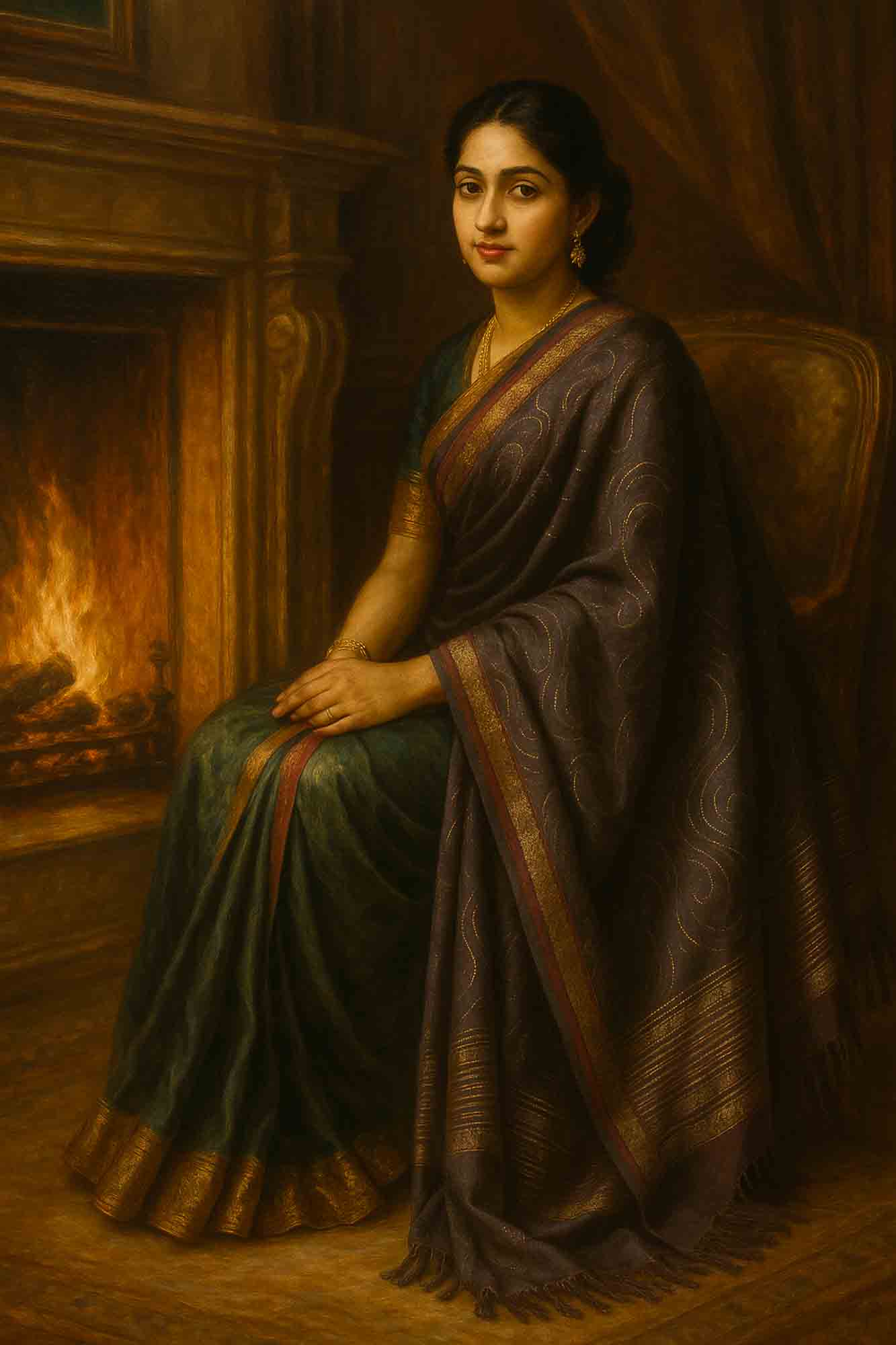
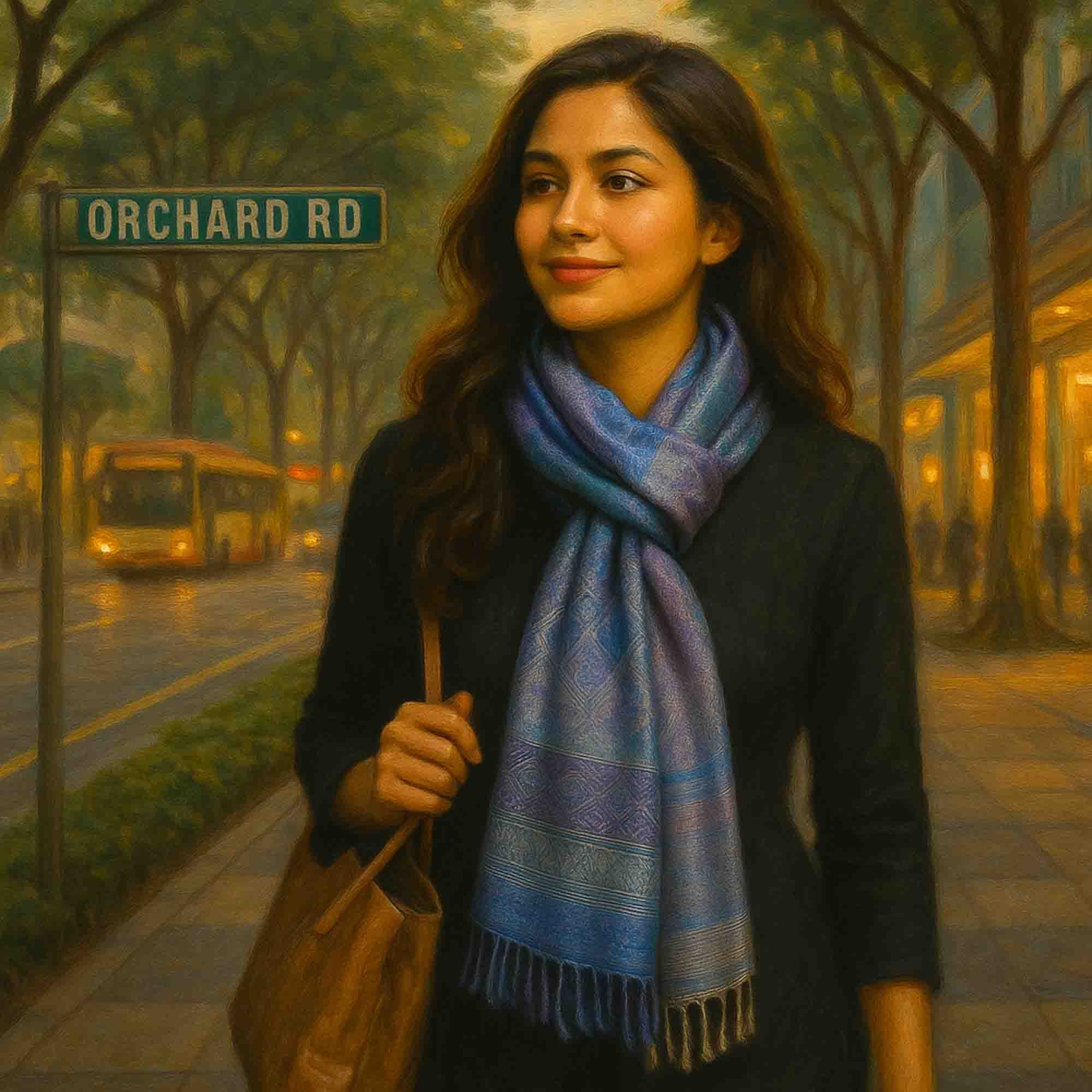
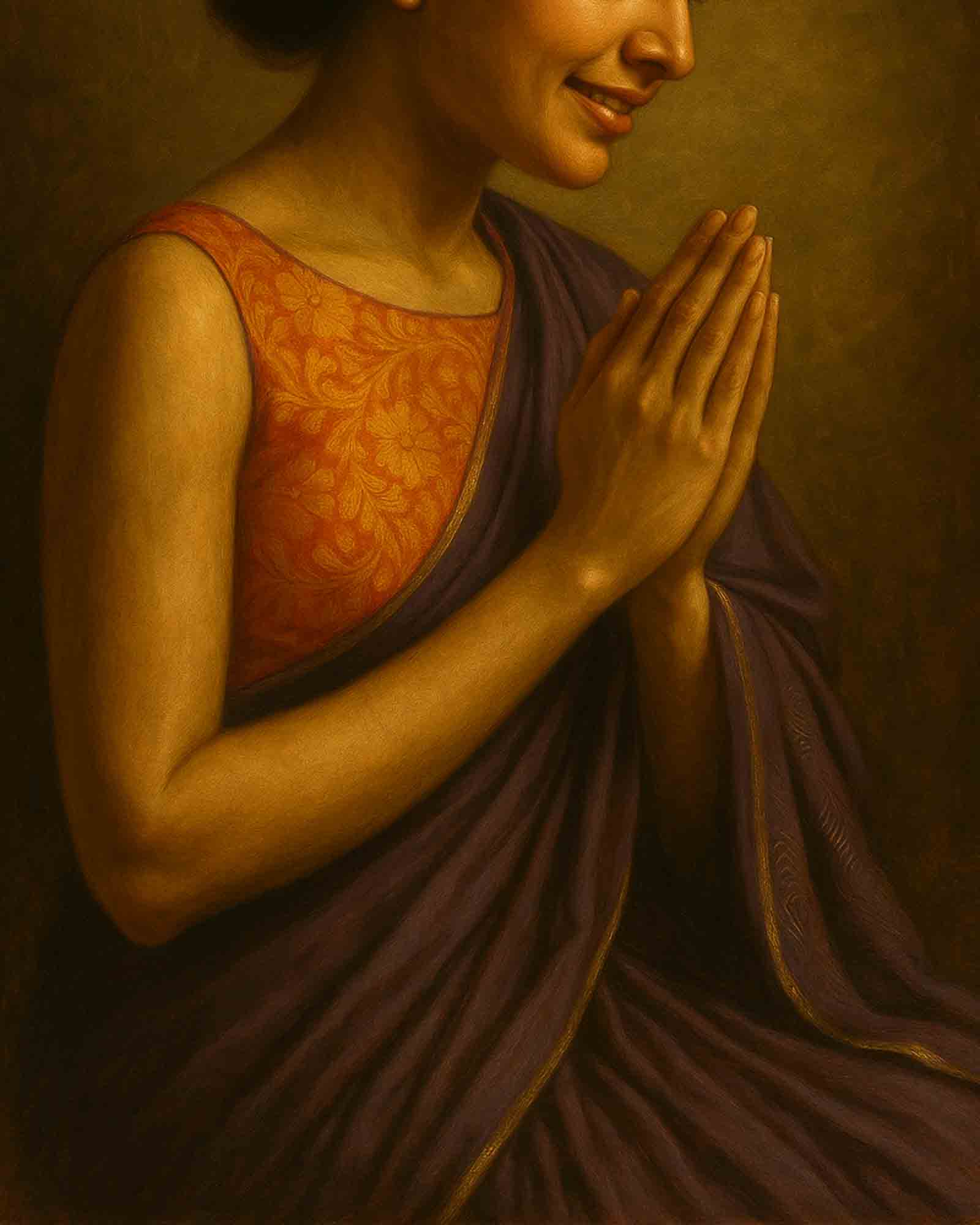
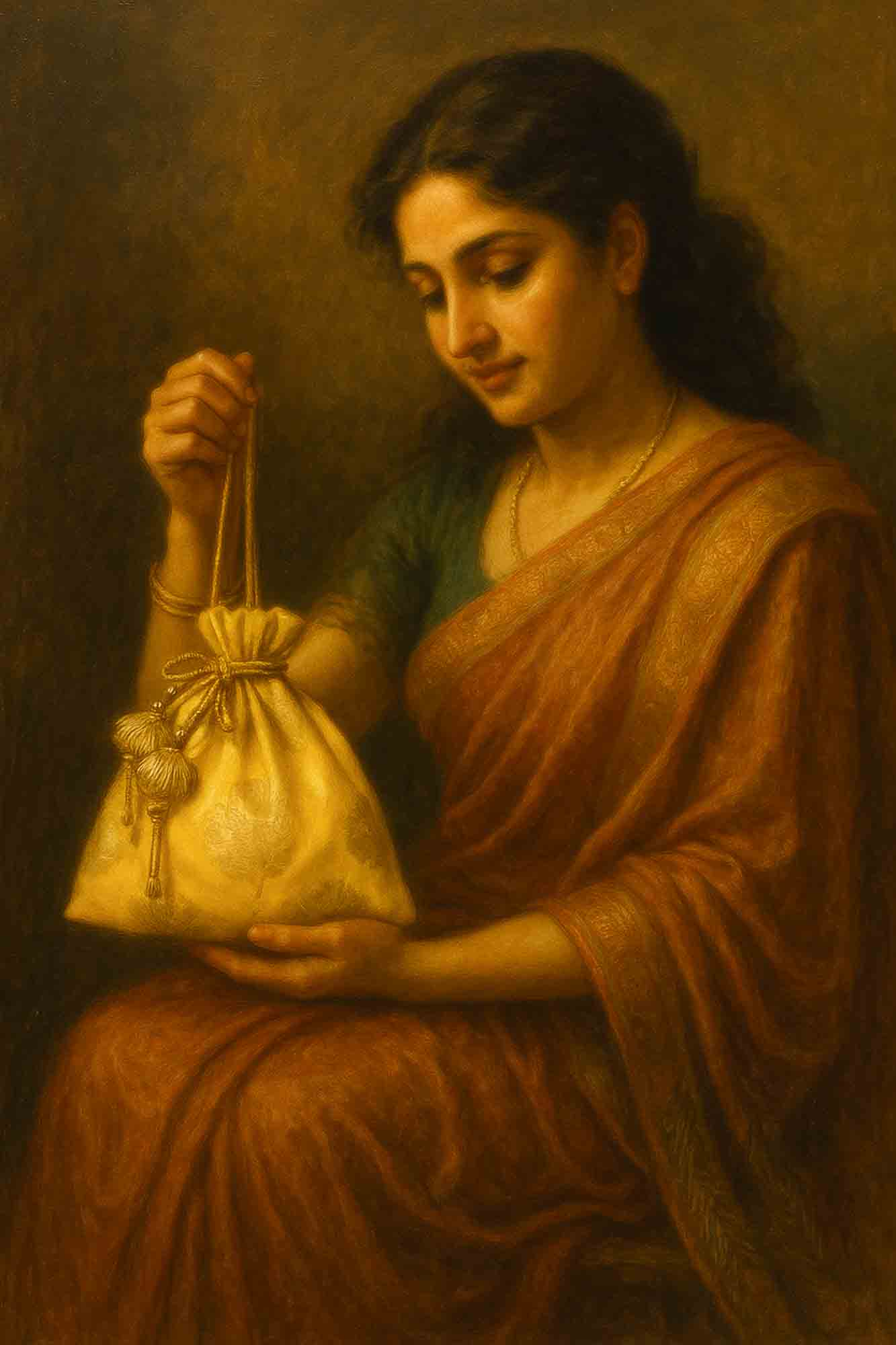
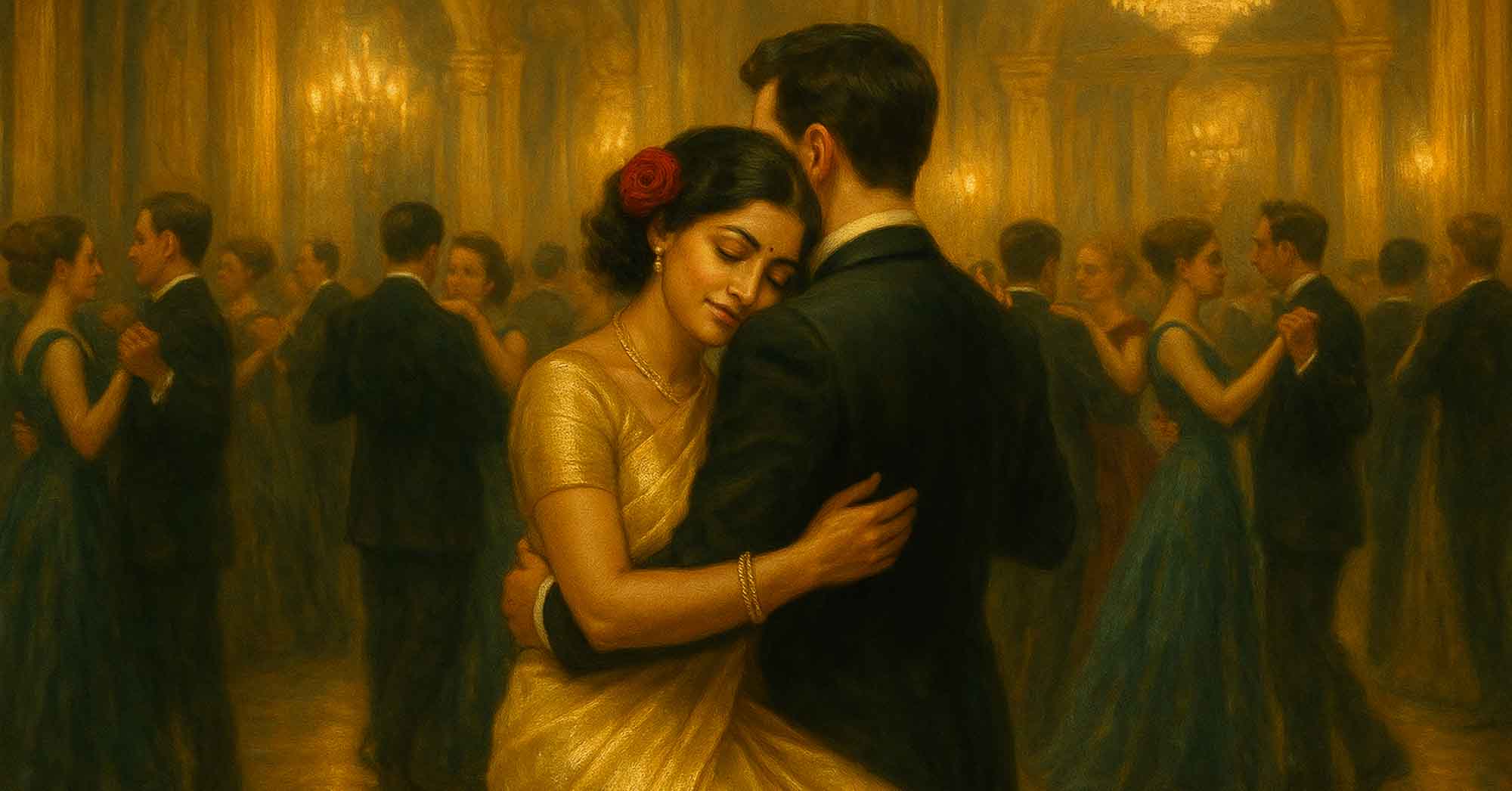
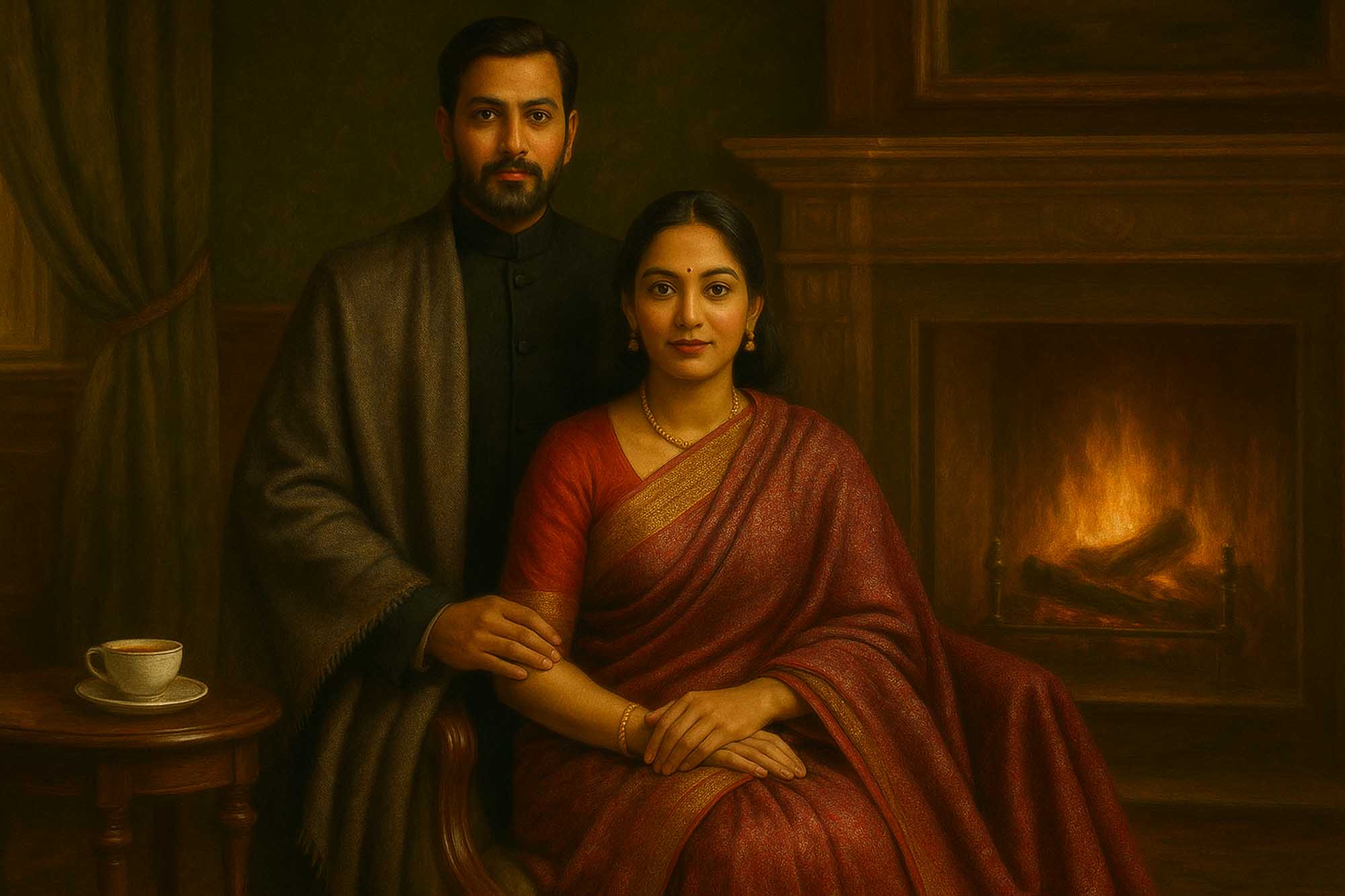
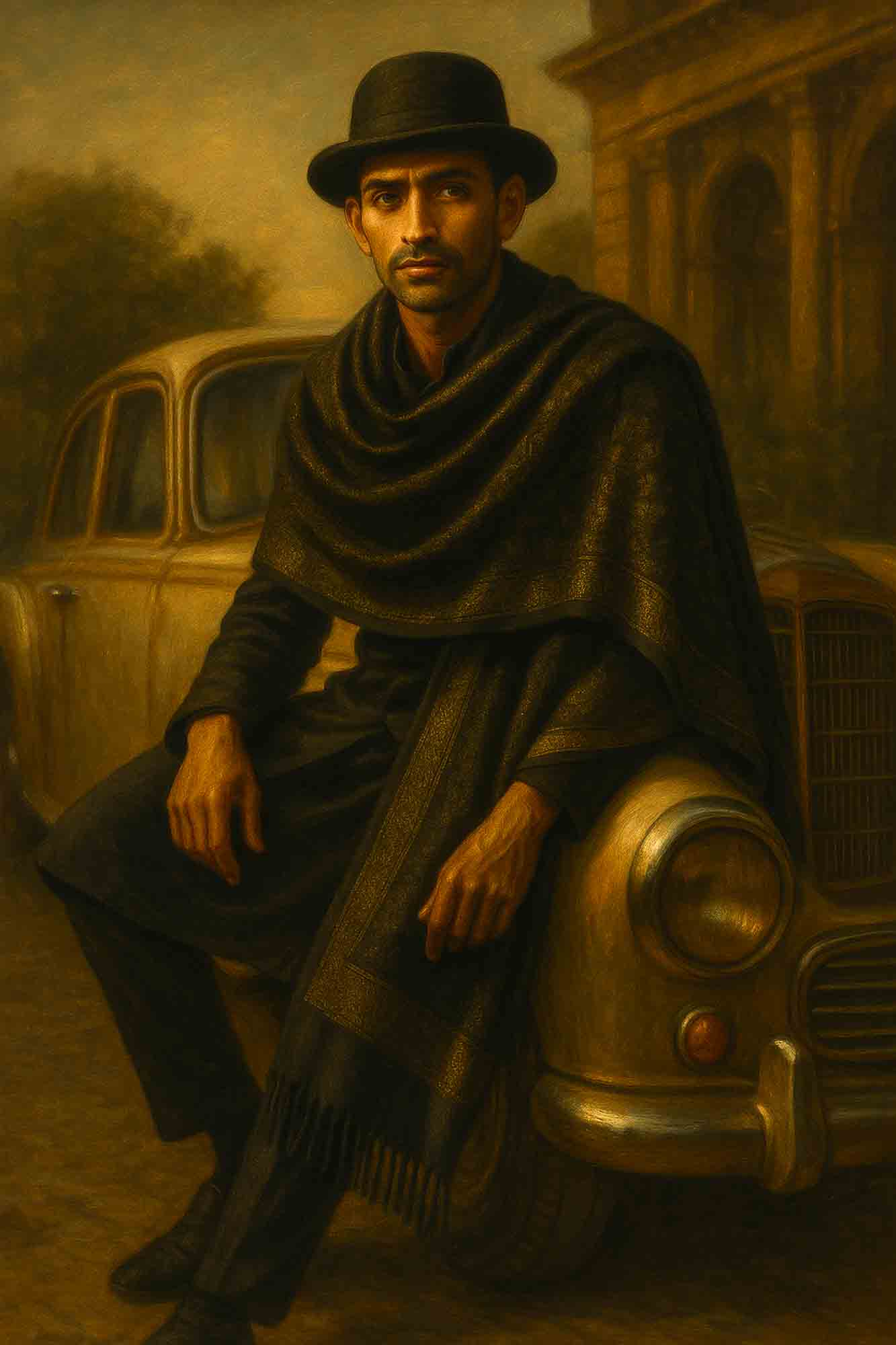
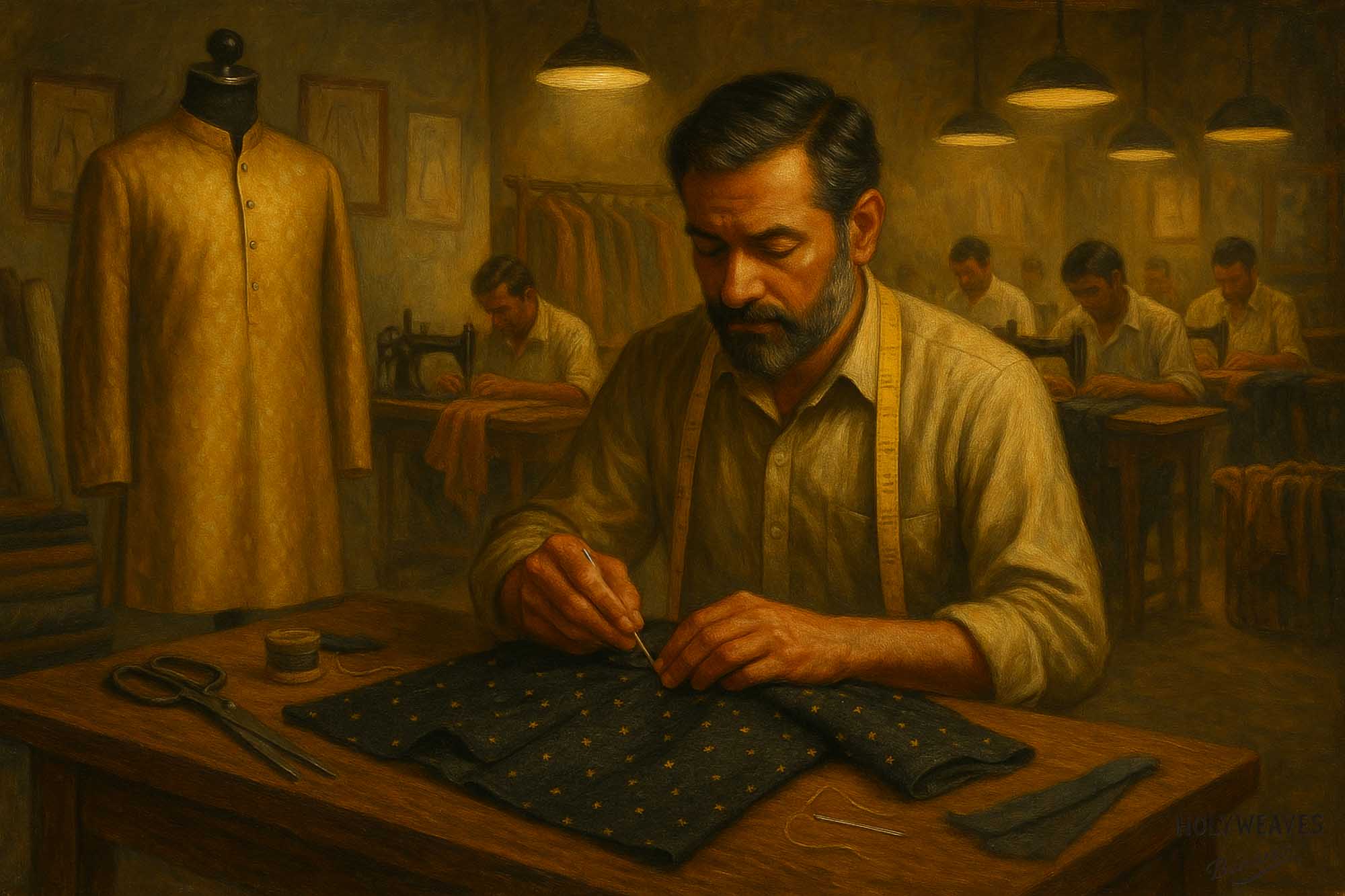
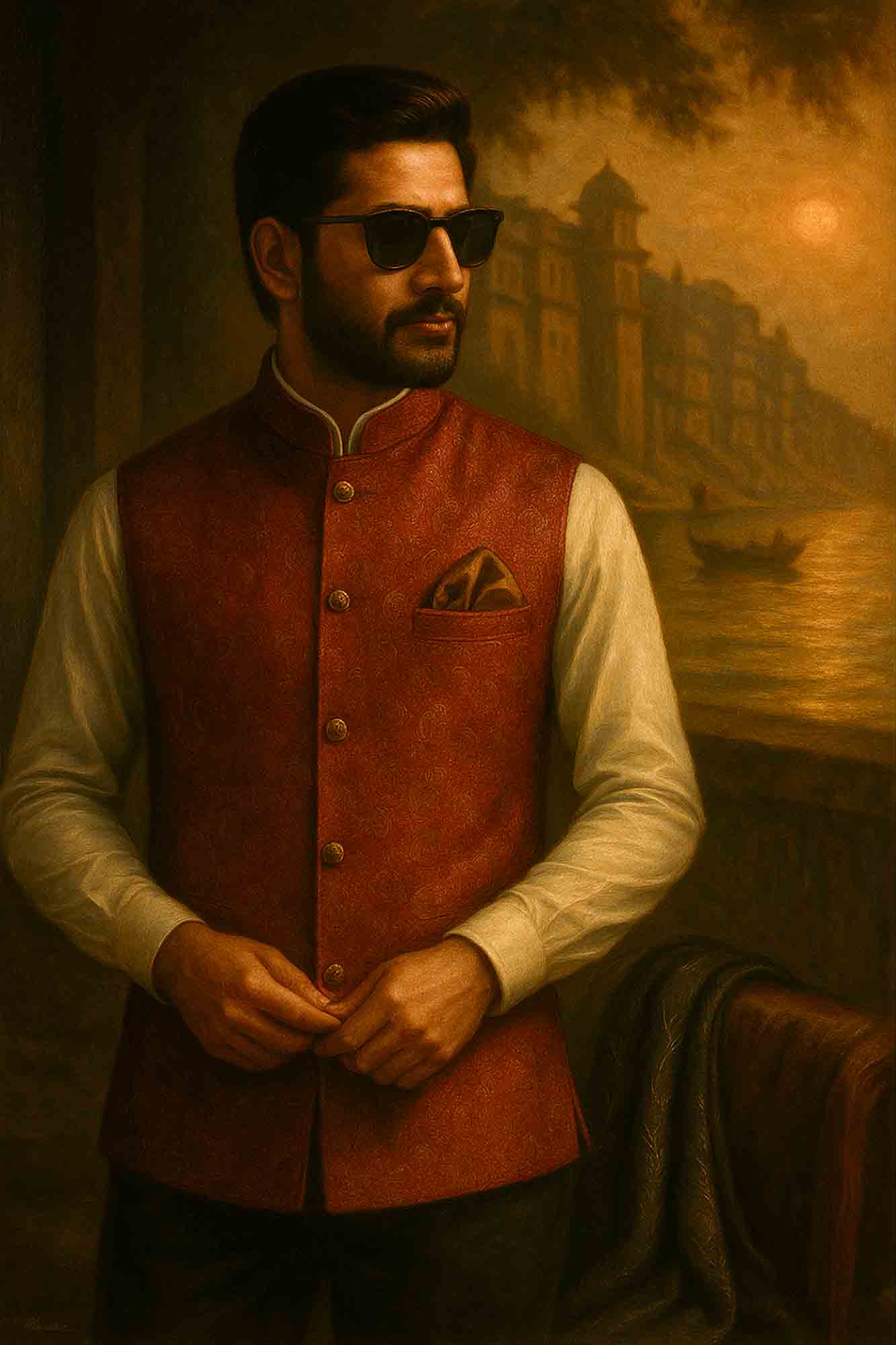
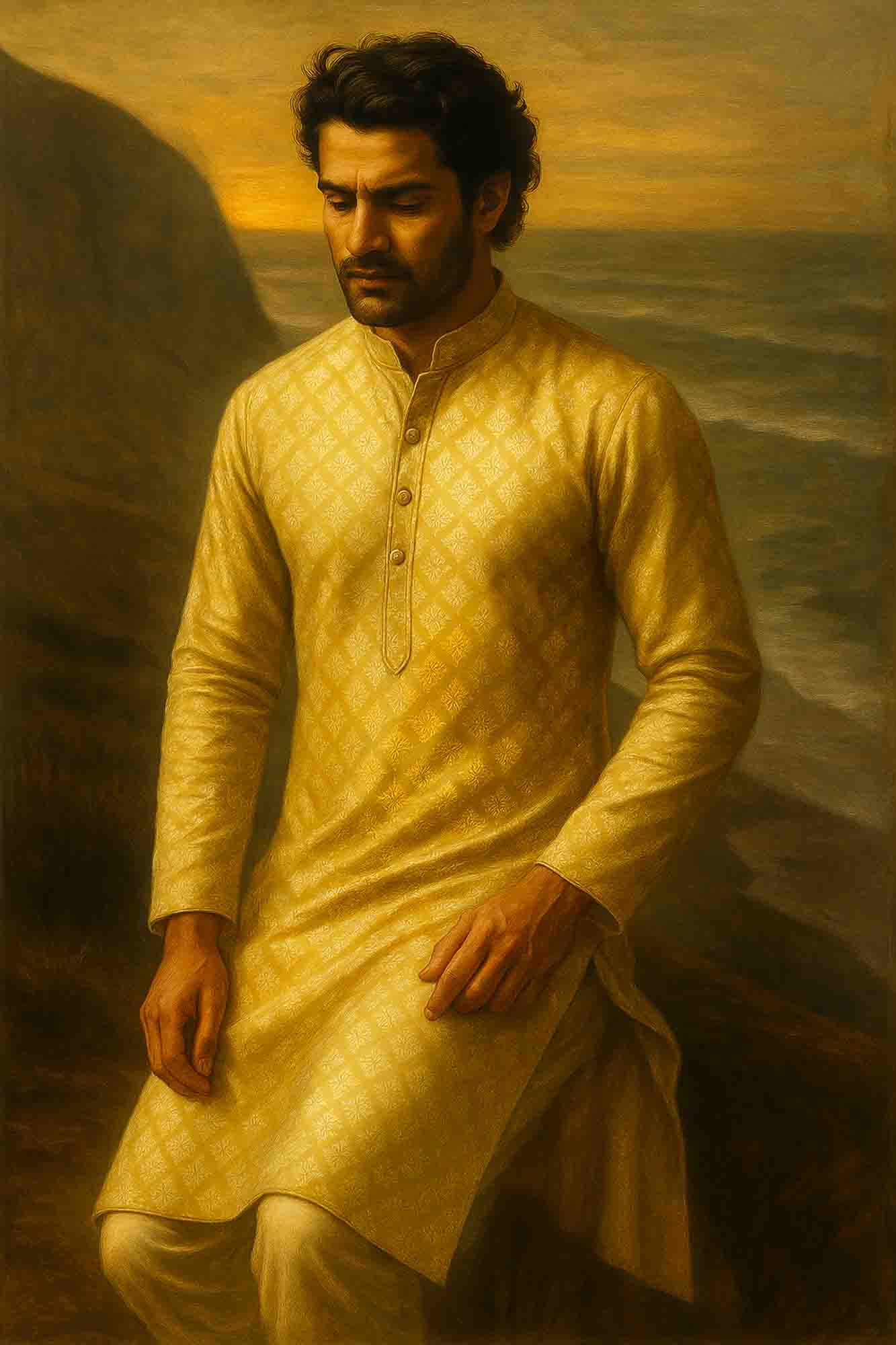


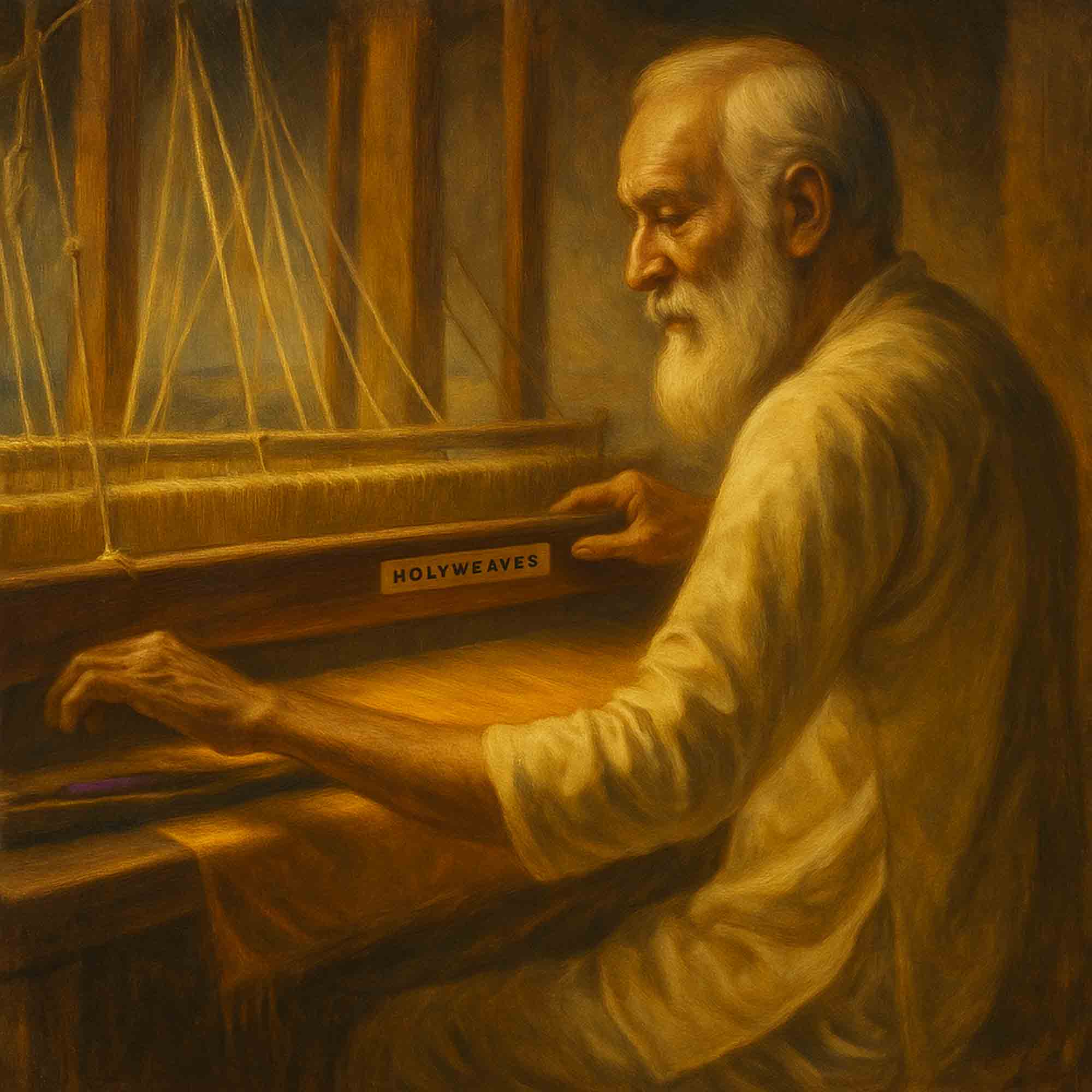
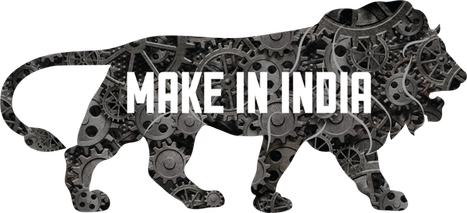
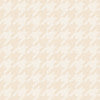
15 comments
Thank you for shedding light on the fascinating history of linen. It’s incredible how fabrics like linen, once commonplace, have evolved over the centuries. Looking forward to learning more about its journey through time and its significance in fashion.
Ast york
Thank you for the explanation and for the sincere attempt at helping consumers understand the art of weaving. I do hope you’ll keeping doing more such posts.
Kalpana
Thank you for the explanation and for the sincere attempt at helping consumers understand the art of weaving. I do hope you’ll keeping doing more such posts.
Kalpana
I am very fond of pure silk saree and my gut feeling is this is a genuine place to do online shopping.
Anonymous
Very interesting and we’ll written
Sarada
Very interesting and we’ll written
Sarada
It was fun reading your post. Quite informative. lots of doubt about Brocade weaving got cleared. Keep spreading your intense knowledge on weaves!
Looking forward to more posts!
Nidhi
You need to post the Kadauan brocade story soon!
Pramod
The collection are awesome …
Seema s
I thank this group..for promoting handloom and Creation awareness of quality and quality rates of pure handloom silk..
nitin agarwal
I thank this group..for promoting handloom and Creation awareness of quality and quality rates of pure handloom silk..
nitin agarwal
Had a good read about brocade..would like to know more about linen silk too
Rathidevi
Thank you for updating our knowledge on brocades! Looking forward for many more updates on weaving and fabric industry.
vijaya
Thanks for sharing this information. I am deeply inspired by Indian weavers and their wonderful craft – be it brocade or ikkat or any such craft.
What is the difference between Banarasi weaving (like rocade) and Kanchipuram weaving ? In Kanchipuram weaving also wonderful motifs are created using extra weft.
Rachna Malik
Lovely shares lovely write up… Keep it up
Neha
Leave a comment
This site is protected by hCaptcha and the hCaptcha Privacy Policy and Terms of Service apply.